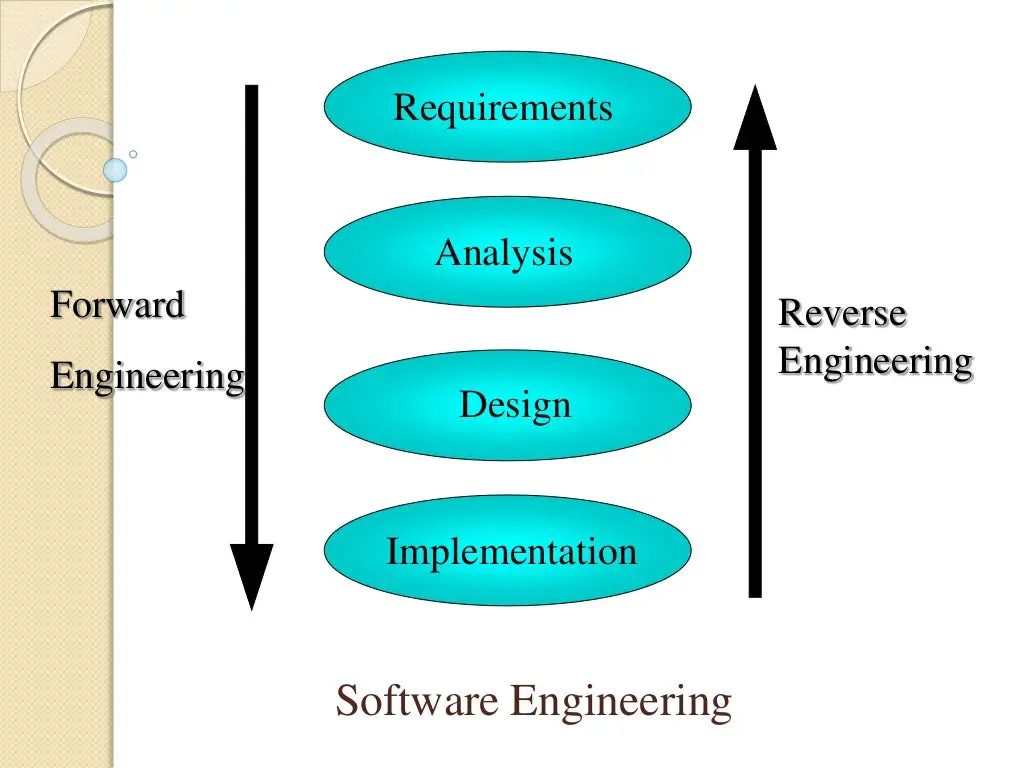The Role of Reverse Engineering in Software Development: Unveiling the Inner Workings

Reverse engineering, often considered the art of “deconstructing” software to understand its design, implementation, and function, plays a crucial role in modern software development. By examining existing software, developers can gain valuable insights, enhance maintainability, and even troubleshoot unforeseen issues. This process involves disassembling compiled code into a more human-readable form, akin to unravelling the intricate workings of a complex mechanism.

Benefits of Reverse Engineering:

-
Debugging and Troubleshooting: By scrutinizing the internal structure of software, developers can more effectively identify and resolve defects, allowing for quicker resolution of operational issues.
-
Legacy System Modernization: Reverse engineering enables developers to comprehend the architecture and functionality of legacy systems, facilitating their modernization, migration to newer technologies, or integration with contemporary software solutions.
-
Enhancing Compatibility and Interoperability: By reverse engineering software components, developers can understand their underlying mechanisms and data structures, promoting compatibility with other systems and ensuring seamless interoperability.
-
Security Analysis: Identifying vulnerabilities, potential security flaws, or undocumented features in software is crucial for ensuring the security and integrity of systems. Reverse engineering aids in uncovering these weaknesses, enabling developers to take appropriate countermeasures.
-
IP Protection and Patent Analysis: In cases of potential patent infringement or intellectual property disputes, reverse engineering allows experts to analyze the inner workings of software and determine its similarities or differences with other products.
Applications of Reverse Engineering:
-
Software Maintenance and Refactoring: Reverse engineering aids in understanding the design and implementation of software, facilitating maintenance activities, refactoring of codebases, and improving overall software quality.
-
Protocol Analysis and Decoding: When working with undocumented protocols or proprietary formats, reverse engineering enables developers to analyze their structure, decode data packets, and establish communication with legacy systems.
-
Algorithm Discovery and Learning: By studying the codebase of well-written algorithms, developers can learn about their design, implementation techniques, and performance characteristics, fostering a deeper understanding of algorithmic concepts.
-
Education and Research: Reverse engineering can serve as a powerful tool for educational purposes, providing students with practical examples of software implementation and enabling researchers to explore software engineering techniques and principles.
-
Building Backward Compatibility: When introducing new versions of software, reverse engineering helps ensure backward compatibility with existing systems, maintaining functionality and preserving user experience.
Conclusion:
Reverse engineering, as an integral part of software development, contributes to a well-maintained and secure software landscape. This practice empowers developers with the ability to dissect, comprehend, and modify software, leading to improved reliability, enhanced interoperability, and better overall software quality. From debugging and security analysis to modernizing legacy systems and uncovering intellectual property infringements, reverse engineering plays a critical role in the world of software development.

This is an excellent article. It provides a comprehensive overview of the role of reverse engineering in software development, and it’s clear that the author has a deep understanding of the subject matter.
I found this article to be very informative. I had never heard of reverse engineering before, but now I understand how it can be used to improve software development.
I disagree with the author’s assertion that reverse engineering is always a good thing. I think it can be used for malicious purposes, such as stealing intellectual property.
I found this article to be very well-written. The author does a great job of explaining a complex topic in a clear and concise way.
I’m not sure I agree with the author’s conclusions. I think reverse engineering can be a valuable tool for improving software development, but it also has its risks.
This is a very interesting article. I had never thought about reverse engineering before, but now I’m intrigued. Thanks for sharing!
I found this article to be very helpful. I’m a software developer, and I’m always looking for ways to improve my skills. Thanks for sharing!
I’m not sure I understand the author’s point. Can someone explain it to me?
This is the best article I’ve read on reverse engineering. The author really knows their stuff.
I’m not sure I agree with the author’s conclusions. I think reverse engineering can be a valuable tool, but it also has its risks.
This is a very interesting article. I had never thought about reverse engineering before, but now I’m intrigued.
I’m not sure I understand the author’s point.
This is a very well-written article. The author does a great job of explaining a complex topic in a clear and concise way.
I’m not sure I agree with the author’s conclusions. I think reverse engineering can be a valuable tool for improving software development, but it also has its risks.